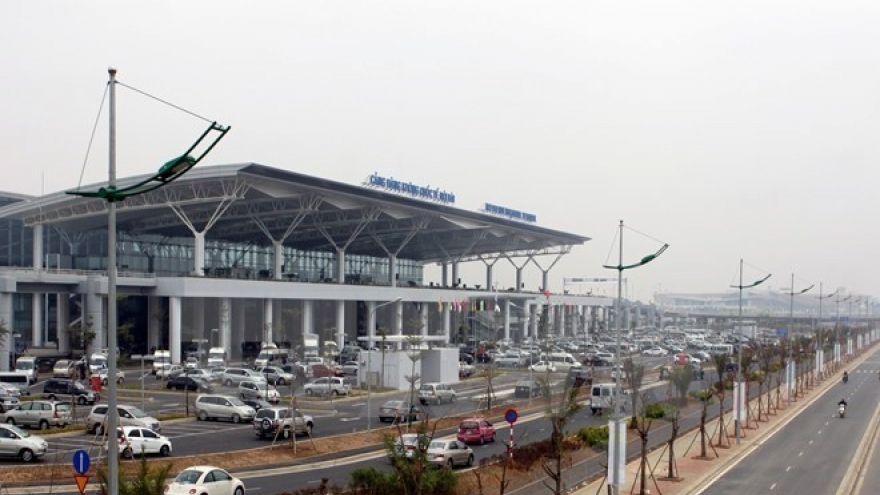Urgent reform needed for tourism to take off
Vietnam’s tourism industry is booming and is fast becoming the driving force behind economic growth but it also faces calls for reform to keep up with high standards.
 |
Last year, nearly 13 million foreign visitors came to our shores, earning the country more than VND500 trillion (US$22 billion). That’s up 30% and 20% year-on-year, respectively.
Over the last decade, the number of international visitors to Vietnam has tripled while revenue has increased by nine times.
Vietnam’s tourism ranked sixth in the top 10 fastest growing tourism destinations globally and was crowned the best performer in Asia in 2017. The industry last year contributed 7.5% to the nation’s GDP.
With such impressive achievements, tourism has been identified a key economic sector by 2020. It can help boost the development of other sectors including construction, real estate, retail, education and job opportunities.
The nation hopes to welcome 17-20 million foreign arrivals and 82 million domestic tourists by 2020. Tourism revenue is expected to reach US$35 billion, contributing 10% to the country’s GDP by then, and the industry may create four million jobs, including 1.6 million direct jobs.
Tourism is forecast to maintain strong development in the next few years thanks to the Government’s support policies, determination of provincial authorities and dynamic development of both businesses and communities.
However, such rapid expansion is exposing many challenges and if the industry cannot be restructured to break bottlenecks it could be beaten by overdevelopment.
“Rapid increase in the number of visitors to Vietnam in the short term is putting the industry under great pressure of transport infrastructure, human resources and destination management capacity,” said Nguyen Quy Phuong, Director of Travel Management Department under the Vietnam National Administration of Tourism.
Phuong said infrastructure deficiencies, particularly overloaded airports, will likely make tourists worn out due to long waiting while the lack of adequate human resource and public management capacity in destinations will affect service quality.
In reality, airports in major cities such as Hanoi, HCM City, Hue and Da Nang, are facing the overload trouble.
Half of the people who visited from overseas last year flew into Tan Son Nhat International Airport in HCM City. It was built to accommodate 25 million passengers per year, but in 2016, 32 million came through its doors.
According to Travel and Tourism Competitiveness Index 2017 of the World Economic Forum, Vietnam’s tourist service infrastructure ranked 113th out of 136 economies, airport infrastructure 61st, ground traffic 71st, IT platform 80th, clean and safe environment 82nd and international openness (mainly visas) 73rd.
“Urgent attention should be paid to upgrade of transport infrastructure, including seaports in the context of increasing demand for cruise tourism, as well as improvements in visa and immigration procedures,” Phuong said.
Vu The Binh, Vice Chairman of Vietnam Tourism Association, also stressed the need to create a greater experience for visitors, highlighting the problems with visas.
Vietnam has granted visa waivers for visitors from 24 countries while applying electronic visa to citizens of 46 countries. However, according to Binh, these numbers are still feeble compared with Thailand which awards free-visa for tourists of 67 countries and Indonesia which waives visa for citizens of 169 countries and territories.
Tourism development also requires inter-regional coordination. Vietnam has developed several successful regional tourism brands such as the connection of the eight Northwestern provinces and cluster of the three central provinces (Thua Thien-Hue, Da Nang and Quang Nam).
The Government is also urged to improve the business environment to ensure the deep participation of private businesses and community in the national tourism development strategy.
Vietnam hopes for around 16 million foreign visitors, 80 million domestic arrivals and VND620 trillion in total tourism revenue in 2018. These are considered achievable goals but collective efforts among management agencies, businesses, communities and professional organisations are needed to ensure sustainable development in the future.

